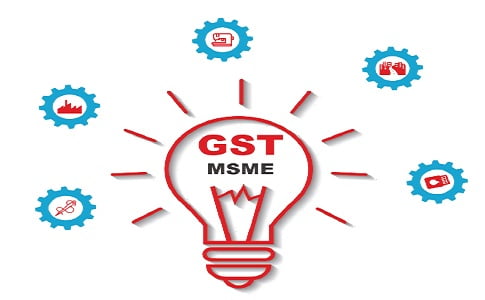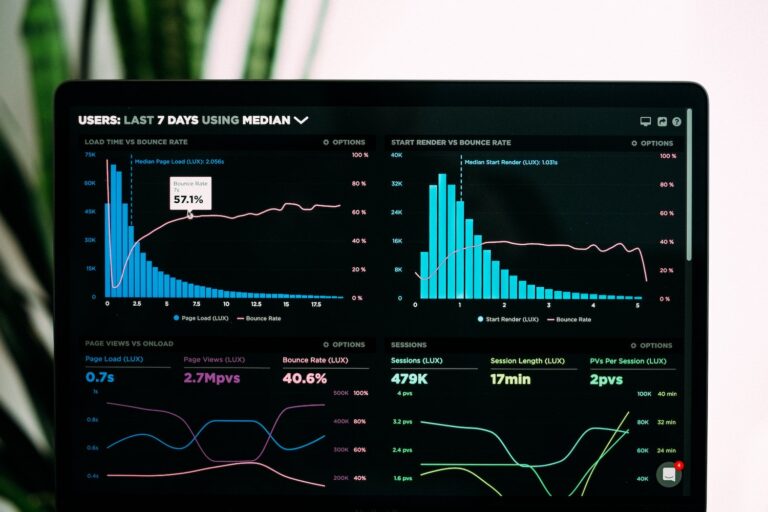
MSME and GST are the topics that are in discussion today. Changes in GST for MSME are huge and sound profitable to them.
The immense growth of MSME attracted GST. In 2020 the number of MSMEs in India increased by 18.5%. At the same time, the MSME loan disbursals in 2021 for MSME stood at INR 9.5 Trillion.
MSME is a huge industry now and is all set to contribute to India’s Goods and Service Taxation. Before sliding into GST for MSME, let’s grab a brief idea about MSME and when they can attract the GST regime.
Also Read: Zero-Balance Current Account: How Is It Beneficial For MSME & SMEs?
What is MSME?
Table of Contents
MSME stands for Ministry of Micro, Small, and Medium Enterprises. The initiative by Indian Government is responsible for formulating and administrating the rules, laws, and regulations for Micro, Small, and Medium businesses. MSME Act 2006 states that there are two types of enterprise in MSME:
- Manufacturing: This enterprise is related to the production of goods. They deal in tangible goods only.
- Service: This enterprise is related to providing the service. The companies can be educational institutions or other service-providing companies.
MSME is defined based on their investment. An enterprise to be micro, small, or medium, the slabs are:
Under Manufacturing:
- Micro: Equipment investment of more than INR 25 Lakhs.
- Small: Equipment investment of more than INR 25 Lakhs till INR 5 Crores.
- Medium: Equipment investment of more than INR 5 Crore till INR 10 Crores.
Under Service:
- Micro: Equipment investment of more than INR 10 Lakhs.
- Small: Equipment investment of more than INR 10 Lakhs till INR 2 Crore.
- Medium: Equipment investment of more than INR 2 Crore till INR 5 Crore.
Also Read: 5 Useful MSME Loan Tips For Young Entrepreneurs To Manage Overhead Expenses
What does MSME need to know about GST?
Before setting foot into the GST regime, there are certain things to know about GST and how MSME and GST can work in a good environment. Below are some crucial points that MSME needs to know.
Apply to GSTN:
As a registered MSME working company, it must apply for a GSTN number. The number will be used in each business transaction. The GSTN number will specify the flow of goods and services, GST collected and paid. Some of the documents that are required to register under the GST portal:
- Aadhar Card Details of the Owner or the Proprietor.
- Address of the Business.
- Certificate of MSME business registration.
- Service Tax/ VAT/ CST/ Excise Registration details.
- PAN Card details of the Proprietor.
- Bank Account details of the business.
- Other documents are specified at the portal.
Also Read: MSME Registration – Small Business & SSI Application Online In India
Turnover Changes:
Changes in Turnover Limit for the taxpayer classification-
Micro- Aggregate turnover up to INR 5 Crores.
Small- Aggregate turnover up to INR 50 Crores.
Medium- Aggregate turnover up to INR 250 Crores.
MSME taxpayers have to file GST returns:
Current System: 16 Returns on a quarterly basis.
New System: 4 Returns as there is a single return form containing two annexures.
Why isn’t the Current System good for MSME?
There are some disadvantages of the current system of MSME:
- Creating a digital infrastructure of all the required resources was challenging for MSME.
- For the registration purpose, the MSME has to deal with additional costs. The cost may arise as not all MSMEs have the right resources to deal with online registration.
- Changes in the system and training of the staff added to additional expense.
Also Read: MSME Schemes For Empowering Women Entrepreneurs
How are MSME and GST beneficial for each other?
GST regime brings ease to MSME. There are several points where MSME are benefited; the points are mentioned below:
- Single Tax Regime: MSME has to undergo multiple indirect taxes like Service Tax and VAT. With the introduction of GST, the procedure to pay indirect taxation got simpler as they were required to pay tax only under one regime.
- Light Tax Burden: Before paying tax under GST, MSME has to pay around 32% Tax integrating central and state levels. They have to pay around 18% to 22% GST with GST.
- Cost-effective: The total cost of production is reduced for MSME. As transportation service falls under the lower slabs of GST, MSME has to pay less for transportation of their final goods. In this way, the process got cost-effective, thereby reducing the cost of production.
- Expansion: Paying tax under different regimes made expansion difficult for the business. MSME never preferred reaching another state market as the tax structure was complex. There were scenarios when the total production cost bumped up due to multiple taxations. With MSME and GST connection, the expansion is easy, as there are no multiple tax rules and payments.
- Smooth registration process: MSME was required to register under various tax systems. The procedure was very complex, lengthy, and delayed. In contrast, registration under GST doesn’t take much time and is not complex.
Also Read: Major Challenges Faced By The MSME Sector And Their Impacts
TReDS
The issue with the MSME and GST arises when MSME taxpayers make a supply to the large taxpayer. The Finance Minister came up with an advanced solution for MSME and GST to resolve the issue.
TReDS refers to Trade Receivable Discounting System. This platform is specially designed for MSMEs to sell or discount their trade receivables. With the help of the system, MSMEs can now free up their working capital. With the platform’s help, MSME can get the best discounting rates. TReDS and GST alignment increased the authenticity of the invoice raised by MSME. Through this portal, GSTN can confirm the existence of receivables.
Also, the return filing option is still an issue for MSME. They can work better with this issue if the return is filled monthly. Through monthly return filling, they can attract large taxpayers.
Also Read: Highlights of The MSME Budget 2022-23
Conclusion
MSMEs contribute more than 30% of India’s total GDP. They are a great source of employment for the people, and by today, more than 60 million people work in MSME. Going with the trends, it is quite clear that immense growth comes with the single tax regime. MSME and GST together will bring tax discipline. It will boost the economy and bring many positive influences on the MSME.







